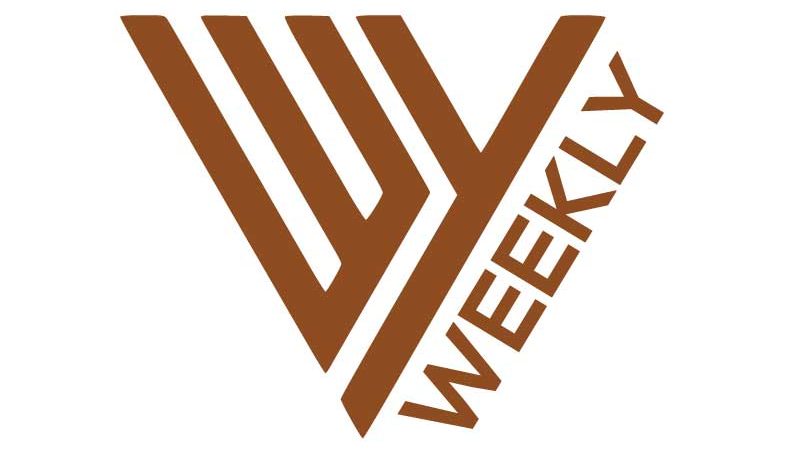Powder Coating Booth vs. Other Traditional Painting Booth
When it comes to industrial and commercial coating processes, the choice between powder coating booths and traditional painting booths can be pivotal. While both methods aim to provide a protective and aesthetic finish, they differ significantly in terms of technology, efficiency, and results. Understanding these differences can help businesses make informed decisions about which coating process best suits their needs.
The Role of Electrostatic Charge
One of the primary distinctions between powder coating and traditional painting booths lies in the application process. Powder coating relies on an electrostatic charge to adhere the powder to the substrate. This technique involves spraying dry powder particles that are electrostatically charged, ensuring they cling to the electrically grounded surface. In contrast, traditional painting booths typically use liquid paint that is sprayed onto the surface without the need for an electrostatic charge. This fundamental difference affects the adhesion quality, with powder coating booths generally offering more uniform and durable coverage.
The Intricacies of the Curing Process
The curing process is another critical factor distinguishing powder coating booths from traditional painting booths. In powder coating, once the powder is applied, the coated part must be heated in a curing oven. This heat causes the powder to melt and form a smooth, hard finish. Traditional painting often requires multiple coats and extensive drying times between applications. Modern powder coating booths streamline the process, providing faster and more efficient curing, which can be especially beneficial in large powder coating booths handling high volumes of parts.
Efficient Waste Material Reclamation
Powder coating booths excel in waste material management. Since the powder that does not adhere to the part can be collected and reused, there is minimal waste. This efficiency contrasts sharply with traditional painting booths, where overspray and unused liquid paint often result in significant waste. High-efficiency powder coating booths are designed with advanced reclamation systems, ensuring maximum reuse of materials, making them both cost-effective and environmentally friendly.
Sensitivity to Humidity
Environmental factors such as humidity can greatly impact the performance of both powder coating and traditional painting booths. Powder coating is generally less sensitive to humidity variations, which means it can be applied consistently in diverse climatic conditions. Traditional painting, however, can suffer from issues like blushing and poor adhesion in high humidity environments. This resilience makes powder coating booths, especially professional powder coating booths, a more reliable choice for businesses operating in varied climates.
Variability in Coating Thickness
Achieving a consistent coating thickness is often more manageable in powder coating booths. The electrostatic application process allows for uniform deposition of the powder, which can then be controlled by adjusting the spray parameters. Traditional painting, on the other hand, can lead to variations in thickness, especially in intricate parts or larger surfaces. Custom powder coating booths can be tailored to specific thickness requirements, providing precise control over the final finish.
Managing Part Temperature
Temperature management is crucial in both powder coating and traditional painting processes. Powder coating requires parts to be heated to cure the powder, which means that part temperature must be carefully monitored and controlled. Traditional painting may not necessitate such high curing temperatures, but it does require a controlled environment to ensure proper drying and adhesion. Modern powder coating booths are equipped with advanced temperature control systems, ensuring optimal curing conditions for various parts and substrates.
Complexity of Color Changes
Changing colors in coating processes can be complex and time-consuming. In traditional painting booths, this often involves extensive cleaning of equipment to prevent cross-contamination of colors. Powder coating booths, however, can simplify this process significantly. High-tech powder coating booths are designed with quick color change systems that reduce downtime and increase efficiency. This feature is particularly advantageous in commercial powder coating booths where frequent color changes are necessary to meet diverse client needs.
Choosing between a powder coating booth and a traditional painting booth depends on several factors, including the specific requirements of the project, environmental considerations, and efficiency goals. Powder coating booths offer numerous advantages, such as better waste management, less sensitivity to humidity, and more consistent coating thickness. Traditional painting booths, while versatile, often fall short in areas where modern powder coating booths excel. For businesses looking to invest in a coating process, understanding these differences is key to making the right choice.

Greetings! I’m thrilled to introduce myself as a dedicated blogger with a fervent passion for crafting meticulously researched and insightful blogs. My mission is to provide you, the readers, with a treasure trove of valuable information. Join me in this exciting adventure of discovery – Thanks







